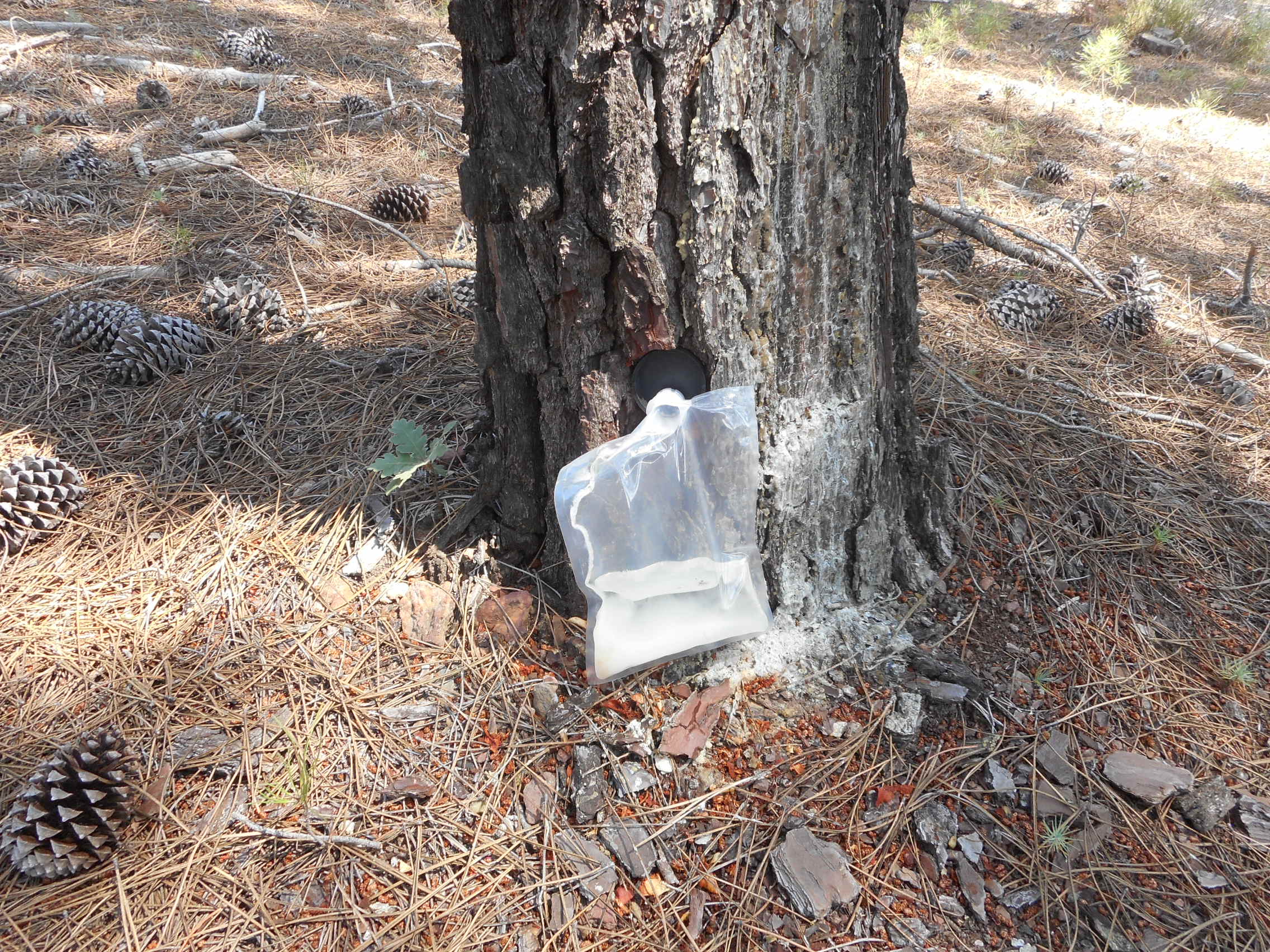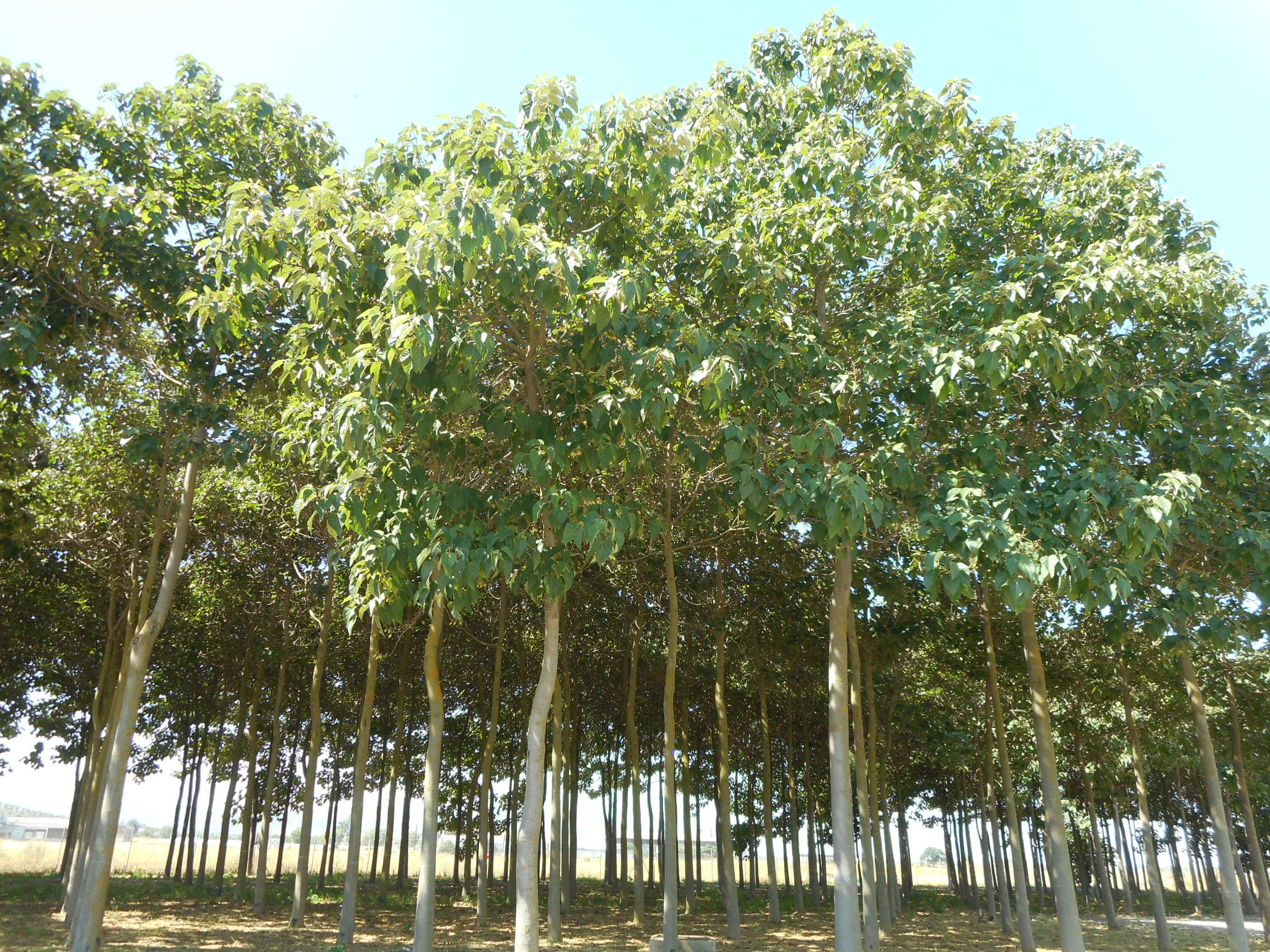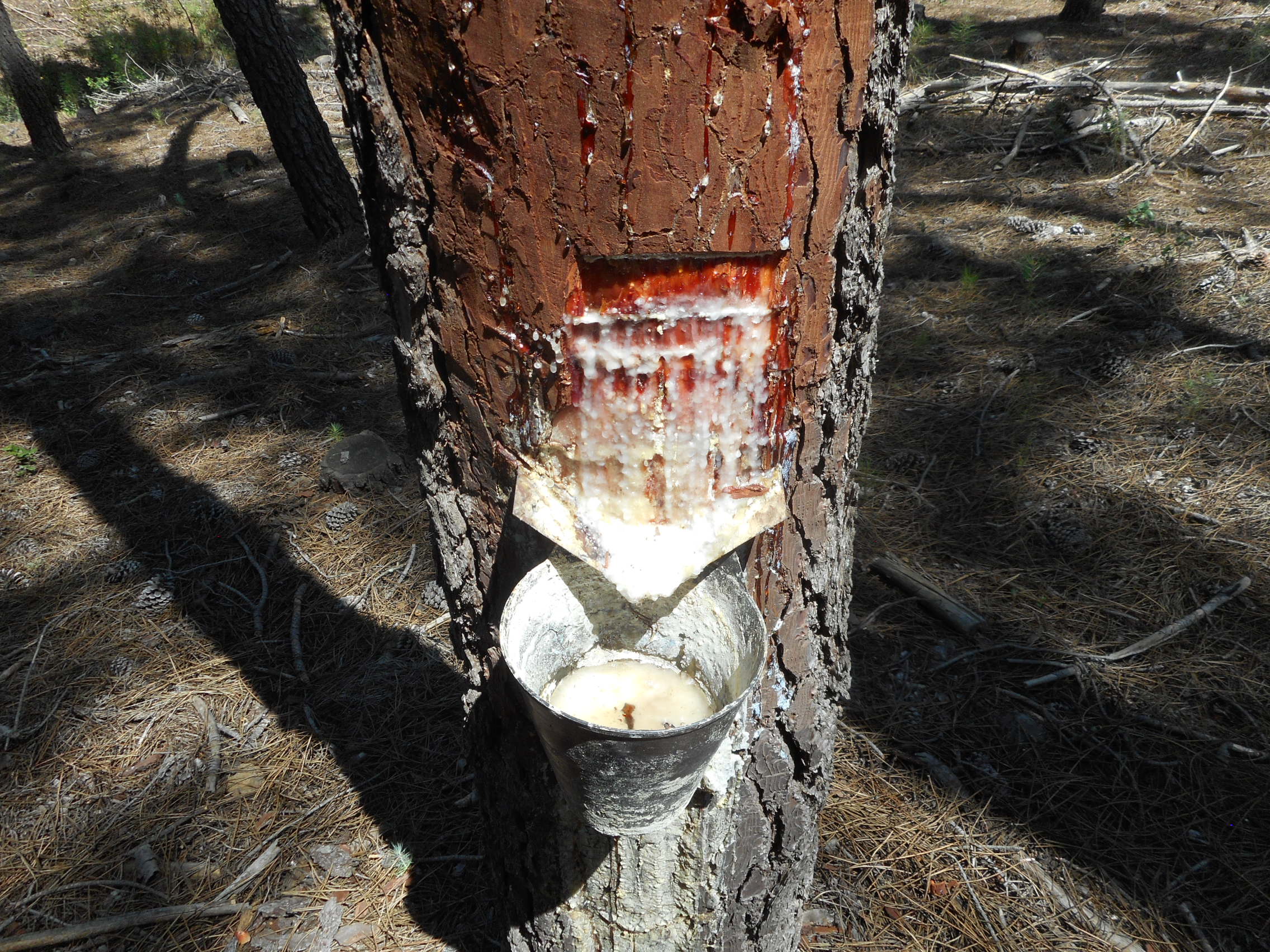Other forest systems
 General information
General information
The Extremadura region is of major importance for the forestry industry. Approximately 66% of its area is forest with a large variety of ecosystems. In addition to the most common forests of the region –cork oak and holm oak forests, either in dehesas or not- it also has many tree areas populated by autochthonous plant communities such as pine trees, oaks, chestnuts or galleries on the banks of some rivers. We can also find numerous areas that were reforested in the 20th Century with species that include, apart from the above mentioned, others such as the eucalyptus tree, the pine tree and the poplar. Lastly, we must not forget the reforestation campaigns conducted in farmlands for the last 30 years, which have given rise to multitude plantations mainly of Quercus and pine trees.
On the other hand, and not least in importance, there are other smaller species’ communities, which give rise to shrubs of varied composition and degree of maturity. The following are representative of the region: rockrose, Chamaecytisus proliferus, Retama sphaerocarpa and heath communities together with their combinations, which populate large areas of Extremadura, forming on occasion large areas of high biological value.
 New forestry plantations
New forestry plantations
The work in this line focuses on the assessment of plantations using new species or varieties of interest for the production of wood, biomass, etc., mainly in residual lands with low farming value, but with possibility of irrigation as an alternative crop. The ecological characterisation and study of the growing conditions of various forest species is assessed as an alternative to the current species.


Mechanical resin extraction system using circular tapper and collecting bag. First tapping of the second strip
 Resin extraction and resin
Resin extraction and resin
The purpose of these projects is to improve the various methods of resin extraction and the tools employed in order to increase production and the quality of the resin obtained, as well the working conditions. At the same time, we work to reuse the products or waste generated from this activity.
 Mycology, mycorrhization and the use of saprophytic fungi to keep invasive vegetation under control
Mycology, mycorrhization and the use of saprophytic fungi to keep invasive vegetation under control
CICYTEX works to further its knowledge and implement mycorrhization as a way to improve forestry plants that are grown in greenhouses and later on planted on ground. The application of this technique which involves the association of a fungus and a plant, promotes survival and development of the latter, making it more resistant to disease and adverse climate conditions.
The control of invasive vegetation is another line of work developed by our centre. We use different species of saprophytic fungi to replace herbicides.






